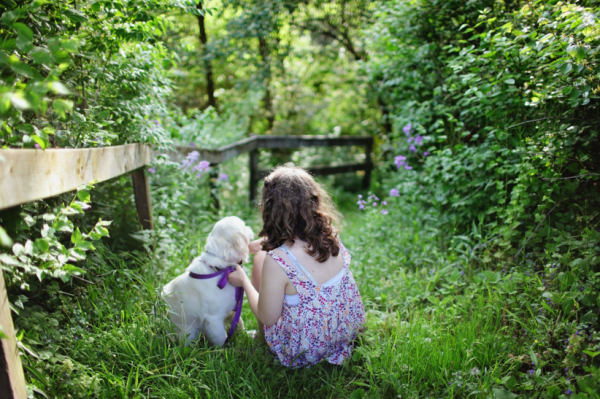
Kids, pets and responsibility
Most children love animals and love to have pets. Children need animals in their lives. Animals and pets have magical effect on a child’s life. When children take care of pets and grow having pets around them, they get invaluable training of treating all beings kindly.
Parents and families need to teach children how to behave with pets and other animals. This helps to develop good manners in growing children. Ill-treating animals is an unhealthy sign for both child and pet. In several households, pets are given as gifts to children during birthdays or on festival occasions.
For example, during Easter, Easter bunnies and for birthdays puppies or kittens are presented to children. If not taught how to take care of pets properly, children will lose initial interest and start neglecting pets. It is responsibility of adults to teach children how to look after pet if they present child one. Getting an animal to family should be a privilege and it must be done in a way that is safe for all.
What is the advantage of owning a pet for children?
Children will develop positive feelings. Owning pet boost their self-esteem and confidence. A positive relationship with pet helps in developing social skills and good relationship with others.
They also develop compassion, empathy and understand the need of those who are unfortunate in the world.
Other benefits and purposes of having pets in children life:
- Pets can be good friends to talk to.
- Pets teach patience, loyalty, affection, empathy, trust, care for others – responsible behaviors
- Interacting with animals brings kids close to nature
- They teach responsibility and respect for all living beings
- Pets are good companion for non-verbal children who find it difficult to communicate. Interacting with pets improves children communication skills.
- According to new studies, children who are raised with pets are less like to develop allergic reactions to animals.
Choosing an appropriate pet: Adopting pets is a huge responsibility and commitment. Before bringing any animal as a pet have a clear discussion with family including the child.
- It is important to choose a pet that is right for your home, lifestyle and family.
- Your child should be able help in taking care of pet.
- Aggressive animals cannot be kept as pets
- It is also difficult to have exotic and unusual animals as pets and before bringing one such “cute” animal make sure that you know what you are getting into.
Teach children how to take care of pet:
- Children under the age 5 do not have the maturity to understand and control the aggressive and angry impulses of pets and should be monitored all time.
- Children under 10 years are unable to take care of big and larger animals.
- If children lose interest in taking care of pets, then parents should fill in and take over the responsibility of caring pets
- Gently and carefully teach children that animals like people also need water, food and walks.
- Do not beat, kick or threaten pets in front of children. Be a role model and teach children how to take care of pets.
- If child starts hating and neglecting pet, then look for an alternate arrangement and find a new home.
If a child is not treating pet properly and tortures or abuses pet then it could be an emotional problem. If child abuses and kills a pet – he or she should be referred to an adolescent psychiatrist for evaluation. Consider adopting a pet only if you and your child is willing to take care of the animal whole heartedly.
References:
Image credit: Photo by Leah Kelley from Pexels (Free for commercial use)
Author: Sumana Rao | Posted on: October 4, 2018






















Write a comment